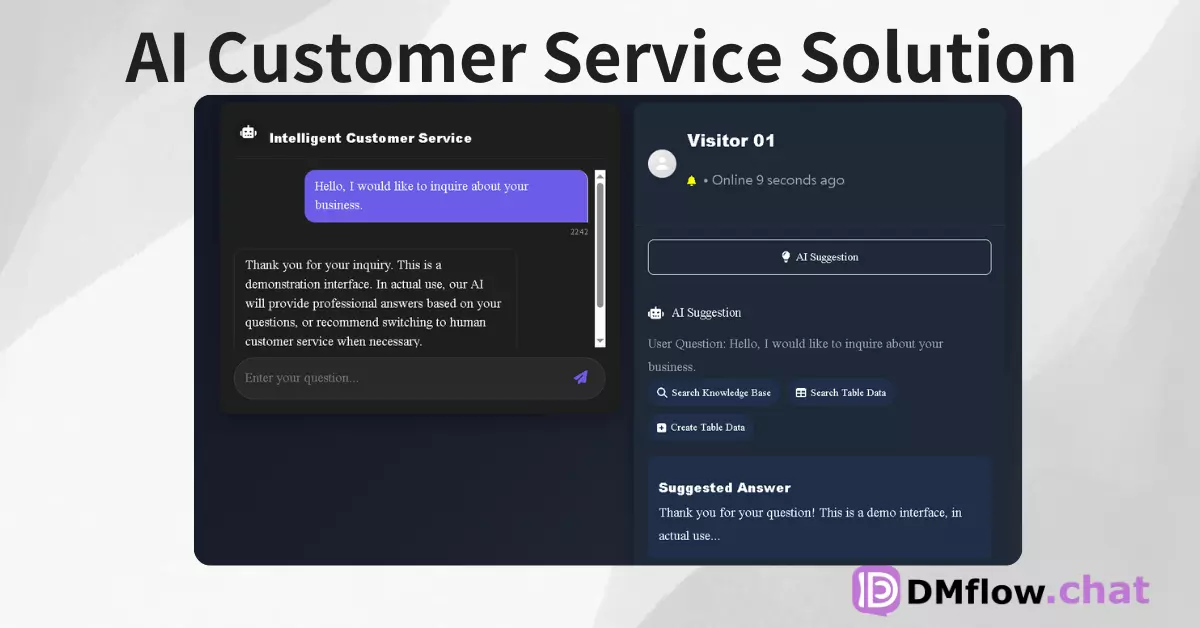Cloudflare Containers Public Beta: Breaking Serverless Limits, Global Deployment Made Easy
Cloudflare recently announced the public beta of Cloudflare Containers, now available to all paid plan users. This new feature not only inherits the speed and simplicity of Cloudflare Workers, but also introduces the flexibility of containers—enabling developers to deploy nearly any application at the edge and overcoming the limitations of traditional serverless architectures.
For years, Cloudflare Workers have been a popular choice for edge computing due to their lightweight, efficient, and instantly scalable nature. However, for many developers, certain applications couldn’t fully run in the Workers environment—such as processes requiring specific libraries in languages like Go or Python, or those that need a full OS-level runtime. Cloudflare Containers is designed to address these needs.
What Makes Cloudflare Containers Different?
According to Cloudflare, the core value of this service lies in being “simple, global, and programmable.” Unlike other container platforms, Cloudflare Containers isn’t a standalone product—it’s deeply integrated with the Workers platform. This allows developers to choose between execution models on the same platform and deploy rapidly with a simplified development workflow.
Cloudflare offers a fitting analogy: Workers are like the Swiss Army knife in your toolbox, while Containers are the powerful drill. Now sharing the same platform foundation, the two can be mixed and matched as needed without maintaining separate architectures.
Key features include:
- Intuitive deployment workflow: Developers can deploy a Worker with an embedded container using the familiar
wrangler deploycommand. The process is nearly identical to traditional Workers. - Built-in global distribution: Deploy once and Cloudflare automatically distributes the app across its global network, ensuring it runs as close to users as possible.
- Flexible execution model: Choose between Workers or Containers based on workload needs—and even forward requests between the two.
- Programmatic container control: Developers can manage container lifecycles directly using JavaScript—no need for complex YAML or API scripts.
Use Cases: What Can Developers Build?
Cloudflare Containers open up new flexibility and potential across a wide range of scenarios. Here are a few common examples:
- Code sandboxes and AI assistants: Dynamically spin up isolated containers to run user-submitted code or AI-generated scripts while maintaining secure execution environments.
- Edge media processing: Run tools like FFmpeg in containers near end-users to convert video formats in real-time.
- Multilingual backend services: Deploy apps written in Go, Rust, Python, etc., alongside the frontend on Cloudflare’s edge.
- Scheduled tasks and workflows: Use with services like Durable Objects or Queues to manage complex workflows and timed jobs.
Consistent Developer Experience
Cloudflare emphasizes that Containers retain the seamless developer experience of Workers. Developers can start a local dev server with wrangler dev, supporting real-time rebuilding of container images. Deployment takes just one command, with image distribution and deployment handled automatically. Built-in observability tools provide insights into CPU and memory usage as well as real-time logs, making both development and operations easier.
Pricing Model and Future Plans
Cloudflare adopts a “pay-as-you-go” model for Containers. You’re only billed when the container starts and receives a request—and idle containers automatically sleep, optimizing both resources and cost.
Planned improvements include:
- Higher container size and concurrency limits
- Auto-scaling and latency-aware routing
- Deeper integrations with services like R2 and Hyperdrive
Conclusion
Cloudflare Containers represent a milestone product for the developer community. Not only do they extend the capabilities of the serverless platform, but they also empower developers to deploy more complex and flexible applications at the edge using familiar tools and workflows.
For those who couldn’t fully adopt Workers due to language limitations, missing library support, or complex runtime needs, Cloudflare Containers unlock a whole new realm of possibilities.
FAQ
Q: Who can use Cloudflare Containers?
A: All paid plan users can participate in the public beta phase.
Q: When should I use Containers vs. Workers?
A: Use Workers for short, high-frequency, quick-start tasks. Containers are better for resource-intensive applications or those requiring special libraries or language support. Both can be used together.
Q: Is pricing transparent? Can I control my costs?
A: Cloudflare uses a pay-as-you-go model with automatic container sleep. Billing is based on actual runtime and resource usage, measured to the nearest 10 milliseconds—ideal for bursty or intermittent traffic.
For more details and deployment examples, visit the official Cloudflare blog.


